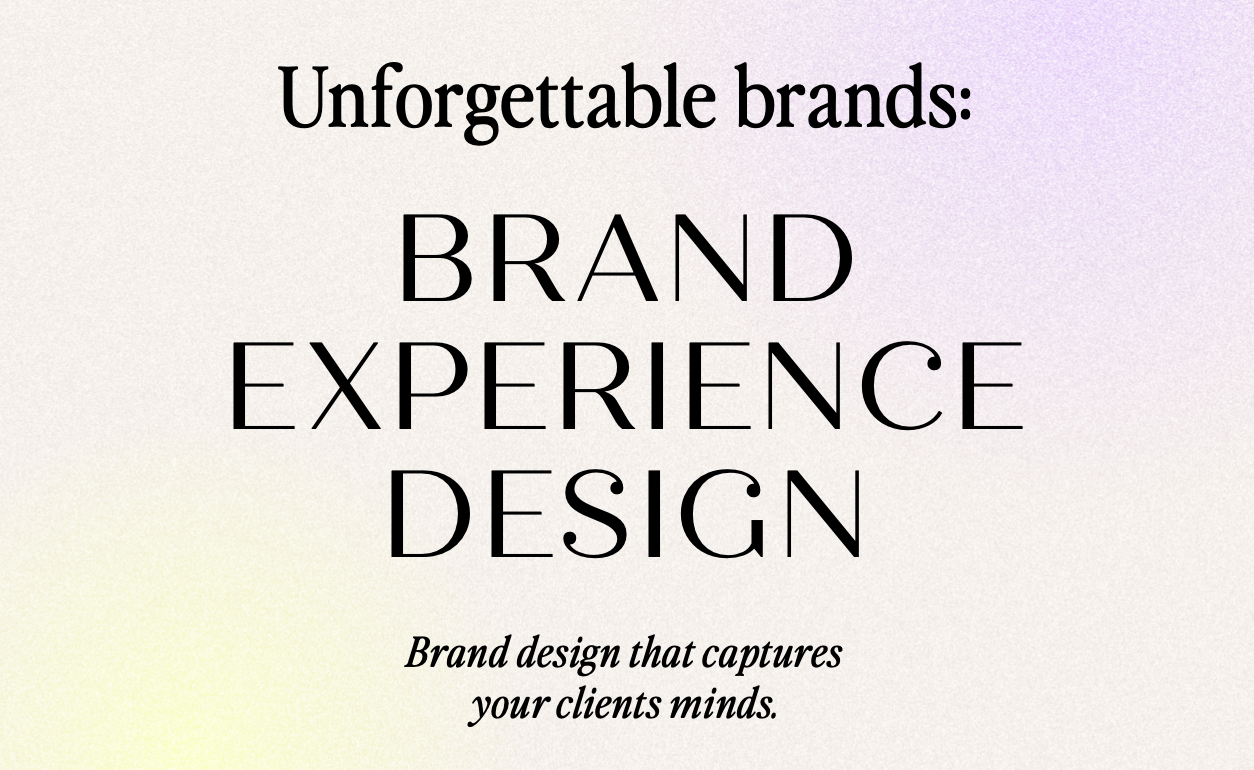The Fix Is Simple (But Brands Hate Simple)
Here's what works:
Free Shipping Over $X
Sets a goal. Feels like a win. Encourages upsells.
Example: "Free shipping on orders over A$150."
Customer adds A$130 worth of items. Sees the banner. Adds one more thing to hit the threshold.
You just increased AOV and conversion rate.
Flat-Rate Shipping Stated Upfront
No surprises. No calculations. Just clarity.
Example: "A$10 flat-rate shipping Australia-wide."
Customer knows the cost immediately. No cortisol spike. No abandonment.
Shipping Calculator on Product Pages
For high-ticket items, give them a postcode calculator.
They enter their postcode. They see the exact shipping cost. They commit.
Price Transparency on PDPs
Your product page should answer: "What's the real cost?"
If customers have to scroll, click, or guess, you've already lost.
Consistent UX Language
Use "Free over A$150" — not "Deal unlocked" or "Limited time offer."
Clarity builds trust. Hype builds suspicion.
Pop-ups Done Right
Not all pop-ups are trust killers. The difference is timing, context, and design.
Pop-ups that build trust:
- Exit-intent (only appear when leaving)
- Value-driven (clear benefit, no fake urgency)
- Clean design (professional, not scammy)
- Easy to dismiss (clear X button)
Pop-ups that kill trust:
- Immediate interruption (before browsing)
- Fake urgency ("Deal unlocked!" when nothing was locked)
- Scammy design (flashing colours, aggressive copy)
- Hard to close (hidden X button)
Drawer Carts > Redirect Carts
Side panel cart = instant visual confirmation. No redirect. No friction.
Customer adds item. Cart slides open. They see their total. They keep shopping or check out.
Smooth. Predictable. High-converting.
Remove Anxiety, Add Predictability
Every element of your checkout should reduce uncertainty:
- Show total cost (including shipping) before checkout.
- Use trust badges (secure checkout, easy returns).
- Add progress indicators (step 1 of 3).
The more predictable the experience, the higher the conversion rate.




